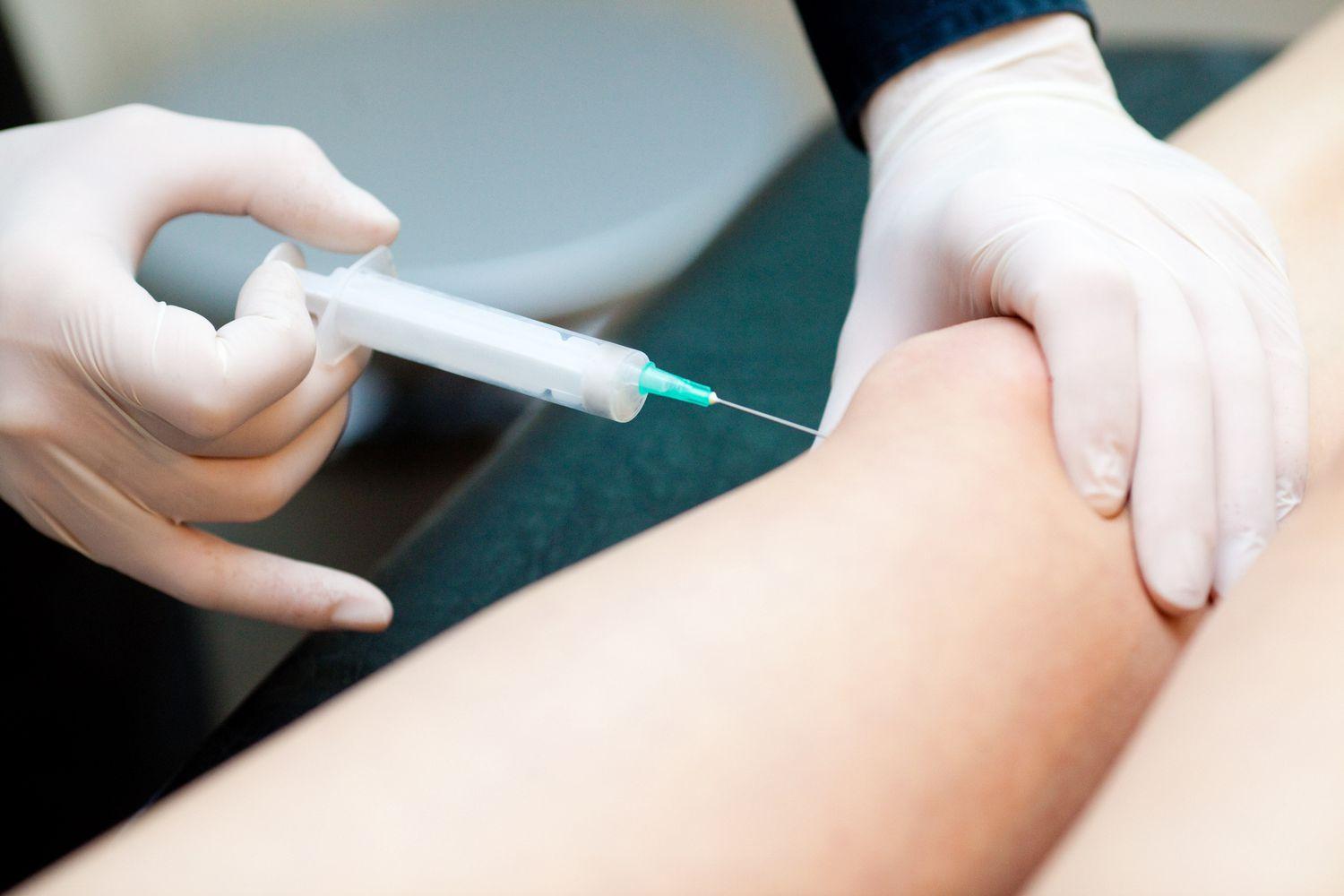The global viscosupplementation market is undergoing a period of notable growth and strategic realignment. Driven by the increasing burden of osteoarthritis (OA), rising demand for non-invasive treatment alternatives, and significant advancements in product formulations, viscosupplementation is becoming an increasingly relevant option in musculoskeletal care. This article provides a comprehensive analysis of the current state of the viscosupplementation market, its segmentation, competitive landscape, regional performance, and growth outlook.
Market Overview
Viscosupplementation is a medical procedure in which hyaluronic acid (HA) is injected into a joint most commonly the knee to restore the synovial fluid’s lubricating and shock-absorbing properties. Its primary indication is for osteoarthritis, a chronic joint condition characterized by cartilage breakdown, joint pain, and decreased mobility.
The global market size for viscosupplementation was valued at approximately USD 3.5 billion in 2024 and is expected to grow at a compound annual growth rate (CAGR) of around 7% through 2030. Increasing life expectancy, greater awareness of OA management options, and improved access to orthopedic care in emerging markets are some of the key factors contributing to this positive trajectory.
Market Segmentation
The viscosupplementation market can be segmented in several ways: by product type, application, distribution channel, and geography.
By Product Type
-
Single-injection
-
Three-injection
-
Five-injection
In recent years, the single-injection segment has experienced rapid growth due to its convenience, reduced treatment burden, and improved patient compliance. These formulations, often featuring cross-linked or high-molecular-weight HA, provide sustained symptom relief in just one visit, making them increasingly popular among both patients and providers.
By Application
-
Knee osteoarthritis
-
Hip osteoarthritis
-
Shoulder osteoarthritis
-
Others (e.g., ankle, elbow)
Knee OA remains the dominant application area, accounting for the majority of the market’s revenue. However, interest in off-label uses for hip and shoulder OA is rising. Although clinical evidence in these joints is still evolving, orthopedic specialists are exploring these applications as demand for alternative, localized treatments grows.
By Distribution Channel
-
Hospitals
-
Clinics
-
Ambulatory surgical centers
-
Online pharmacies
Clinics and ambulatory surgical centers dominate the market due to the procedure's minimally invasive nature and outpatient treatment model. These settings allow for efficient administration and shorter recovery time, enhancing patient throughput.
Regional Analysis
North America
North America is the largest and most mature market for viscosupplementation, led by the United States. A well-established healthcare infrastructure, high awareness levels, and supportive reimbursement policies have all contributed to its strong performance. However, the market is approaching saturation in some segments, and growth is likely to plateau without significant product differentiation.
Europe
Europe represents a stable but competitive market. Countries such as Germany, France, and the UK maintain consistent demand for viscosupplementation products, supported by public health systems that increasingly favor conservative treatment pathways before surgical intervention. However, variation in reimbursement and clinical guidelines between countries continues to influence adoption rates.
Asia-Pacific
The Asia-Pacific region is projected to exhibit the fastest growth. Rapid urbanization, a growing middle-class population, and improvements in healthcare access are driving adoption. China and India, in particular, are seeing increased investment in orthopedic care infrastructure. Companies are expanding into these markets by offering cost-effective formulations and partnering with local distributors.
Latin America and the Middle East & Africa
These regions are still developing in terms of orthopedic care delivery and access. However, rising incidence of OA and improving healthcare funding are opening new opportunities for market entry, especially through public-private partnerships.
Competitive Landscape
The viscosupplementation market is moderately consolidated, with a few key players dominating global revenues. Leading companies include:
-
Sanofi (Synvisc, Synvisc-One)
-
Zimmer Biomet (Gel-One, Supartz FX)
-
Anika Therapeutics (Orthovisc, Monovisc)
-
Seikagaku Corporation
-
Fidia Farmaceutici
These companies invest significantly in research and development, regulatory approvals, and marketing strategies. Product innovation especially in terms of HA cross-linking technology and ease of administration is central to competitive differentiation. Additionally, strategic collaborations, geographic expansion, and targeted acquisitions are common growth strategies.
Market Challenges
Despite its advantages, the viscosupplementation market faces several challenges:
-
Mixed clinical evidence: Some studies question the long-term efficacy of HA injections, especially in advanced OA cases. This has led to caution among certain medical providers.
-
Regulatory scrutiny: In markets like the U.S., the FDA has tightened oversight of claims made by viscosupplementation product manufacturers.
-
Reimbursement variability: Inconsistent insurance coverage or national health policy limitations in various countries can restrict access to treatment.
Future Outlook
Looking ahead, the viscosupplementation market is poised for continued but nuanced growth. Several trends will influence its future:
-
Expansion into non-knee joints as clinical evidence improves.
-
Development of combination therapies, such as HA with corticosteroids or regenerative agents like platelet-rich plasma (PRP).
-
Growing emphasis on personalized treatment plans, leveraging patient-specific data and digital health tools.
-
Greater penetration in emerging markets through affordable product lines and increased orthopedic training.
Conclusion
The viscosupplementation market is in a strong position, balancing a solid clinical foundation with new opportunities for growth and innovation. While there are clear challenges ranging from regulatory barriers to competition from alternative therapies stakeholders that can deliver cost-effective, evidence-based, and patient-friendly solutions will thrive. As osteoarthritis continues to affect a growing share of the global population, viscosupplementation remains a pivotal treatment option in the evolving landscape of joint health care.



